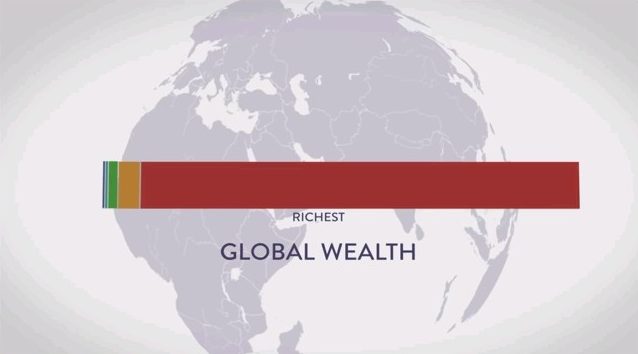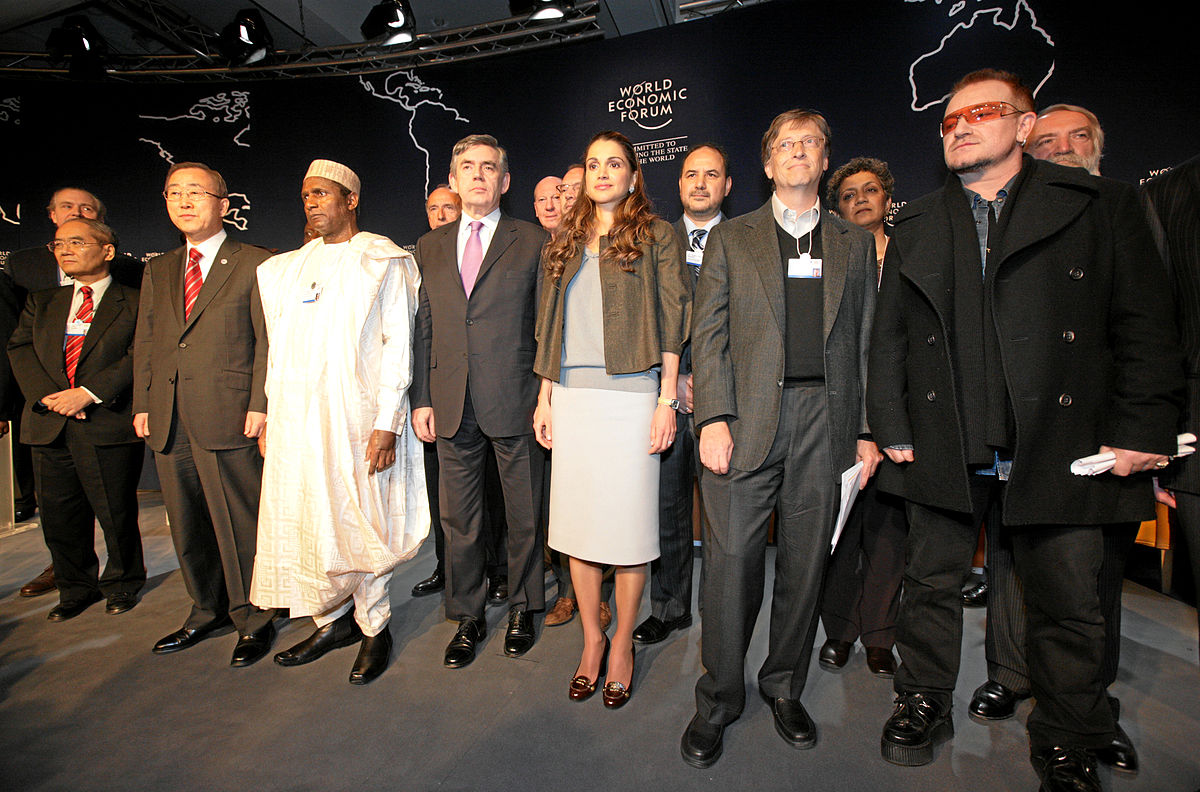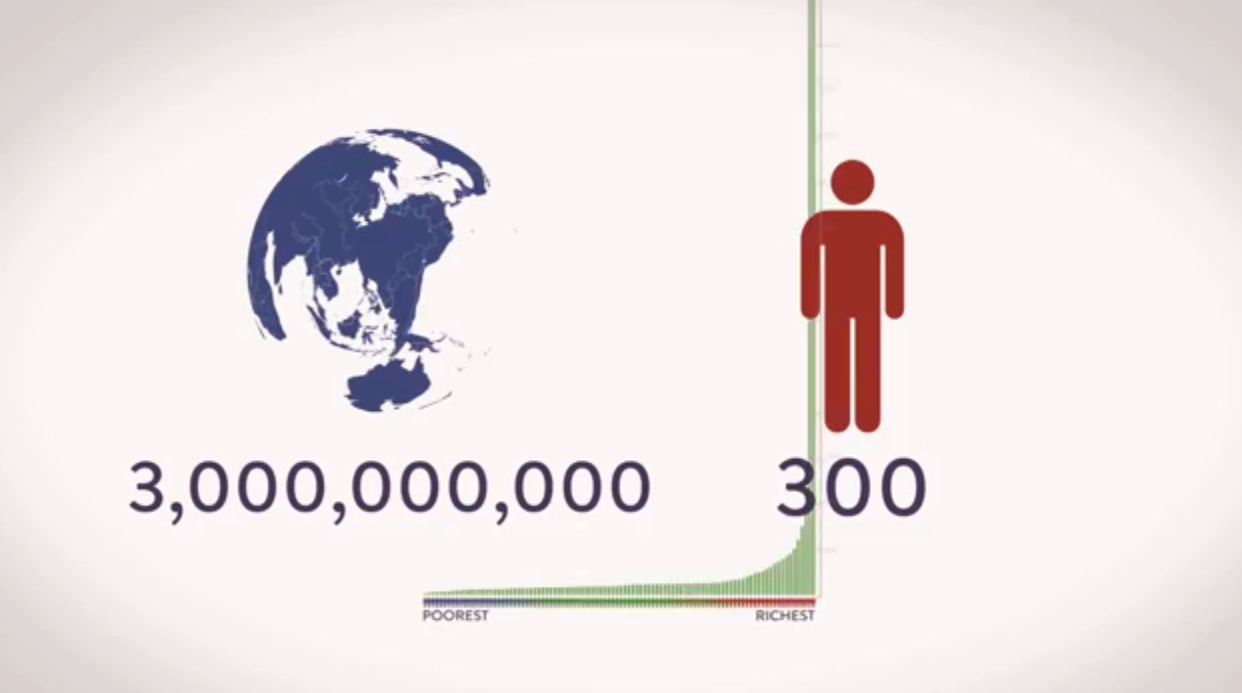
The role of a new type of activist – the ‘artivist’ – is becoming increasingly important in Kenya and beyond.
Since Kenyan President Uhuru Kenyatta came to power in March 2013, his regime has made one thing clear: Democracy is an illusion. The president, son of the country’s first prime minister, is the major landowner in the country, and he doesn’t let you forget it. Citizens who demand land reform, or social justice of any kind for that matter, are met with intense police and state brutality. Activists, organisers and even ordinary citizens with a predilection for civic duty, are being rounded up and arrested around the country.
It would be a mistake, though, to assume that Kenyatta pulls all the strings. He may be president, but even he has masters. You only have to notice how, despite a change in government, the central plan for the country’s development stayed exactly the same. Kenyatta inherited this plan – called Kenya Vision 2030 – from his predecessor, who in turn had it mostly dictated to him by the IMF and the World Bank.
Puppet masters and master puppets
There is nothing particularly new in this. Like many developing countries, Kenya has long been taking orders from Washington bureaucrats. In recent years, the World Bank and the IMF have worked hard to shed their reputation as puppet masters but their modus operandi has stayed the same – to enforce their neoliberal ideology.
Kenya Vision 2030 reads like a playbook for how to “liberalise” an economy. The flagship economic project, for example, is to turn Kenya into an “International Financial Centre”. As Nick Shaxon, author of bestselling book on tax havens, Treasure Islands, says, “This is a tax haven they want to set up. International Financial Centre is a euphemism.” They are even taking direction from the “Tax Haven Capital of the World”, the City of London.
And then there’s domestic taxation. In 2013, Kenyatta’s government, at the strong urging of the IMF, introduced a VAT bill to load 16 percent tax onto the most basic goods: wheat, unga (maize flour), milk; exactly the goods the poorest need for survival. After some brave civil society campaigning against this “Unga tax”, some goods were removed from the bill but that hasn’t stopped the price of many products rising by as much as 20 percent. In a society where 46 percent of the population lives below the poverty line and the majority of disposable income is spent on food, this is disastrous.
In other words, under Kenya 2030, the tax burden is being shifted to the poorest, huge tax breaks are being given to foreign multinational corporations and the entire country is being turned into a tax haven. It’s a neoliberal playground.
Rise of a new breed of activist
Against this calamitous backdrop, we are starting to see hope in the country’s next generation of campaigners, organisers and even artists. These new hybrid cultural activists have been dubbed “artivists” and are continuing the struggles of their predecessors with a new approach. The author MK Assante describes the artivist as someone who “uses her artistic talents to fight and struggle against injustice and oppression by any medium necessary”.
For two weeks in February, I had the privilege of joining almost 200 activists, organisers and artivists in a Nairobi community centre (unnamed for security reasons) for an Artivism Lab. They worked with leading writers like Staceyann Chin, a Jamaican-born poet and performer, technologists like LA-based Afrolicious, musicians like the producer/rapper duo Beat Making Lab and activists from the global collective /The Rules: Poetry meets technology meets music meets political activism.
Although they came from different struggles – from land rights to climate change to tax justice – there was an innate understanding of global systems, not just symptoms. On the first day, one of the participants boldly asked, “We keep on being told that economic growth will save us. More investment in roads. More GDP. More FDI. What does that even mean?” Another participant quickly replied, “They’re just dangling carrots. The same carrots they dangle everywhere else they’ve exploited.”
Another said, “These injustices are happening everywhere in the world. When the West refers to us as ‘emerging economies’ they really mean we are the key places to extract resources and wealth… Our leaders are pretending to represent us, but they are benefiting from the pillage. In today’s paper Ruto [deputy prime minister] was shown on the front cover coming back from Davos. Kenyatta and Ruto have more in common with the Davos class than they do with us.”
She couldn’t have been more right. Inequality is the logical outcome of the set of rules that have been manufactured by a tiny global elite. How else could we have arrived at a place where the 85 richest people on the planet have the same wealth as 3.5 billion people? And of course, economic growth under the neo-liberal model destroys our planet in the process. In the words of Kenyan activist and scholar Firoze Manji, “Climate change is not man-made, it is capital made.”
The emerging battle for political consciousness
Over the coming months and years, we must stand in solidarity and support the various activists, artivists and social movements that are emerging and gaining strength, not just in Kenya, but around the world. Their expressions have an innate legitimacy and can inform us in a way that the corporate media never will.
The popular uprisings happening on every continent on the globe, from the recent riots in Bosnia, to the anti-austerity uprisings across Europe, to the fare hike protests in Brazil, to the Occupy movements, and the dozens of African Awakenings are manifestations of the same phenomenon – discontent for an economic system that marginalises and dispossesses the majority of the world for the benefit of the few. As the author Walter Mosley puts it, we are increasingly becoming conscious that “most of the world is struggling to survive a game that was fixed before they were even born”. It is this consciousness that is finding its own expression in Kenya.
As the Black Arts movement was a cultural underpinning of the US civil rights movement, and the culture jammers of the late 1990′s helped popularise the voices of the anti-globalisation movement, this new generation of artivists are helping us connect the various struggles across the globe. Fortunately, they also have access to powerful new technologies and tools for organising. They’ll need all the help they can get as the emerging battle is for nothing less than our political consciousness.
As it becomes increasingly dangerous for civil society to organise in Kenya; as the state spying apparatus everywhere becomes more intrusive; as mass media continues to obfuscate the truth and the billionaire philanthropists of the “charitable industrial complex” decide on the most agreeable agenda for civil society, the role of the artivist is becoming ever more urgent and important. The artivist warns us what will happen if we accept the moth-eaten ideologies of neo-classical economics, of the life-denying tendencies of the “Washington Consensus”, of the laissez faire dystopia that will emerge if we don’t organise. And, crucially, the artivist reminds us that, in the words of Staceyann Chin, “All oppression is connected”.
This article originally appeared on Aljazeera.com on 16th April 2014: http://www.aljazeera.com/indepth/opinion/2014/04/kenya-artivists-versus-state-2014415144147632633.html







Leave a Comment